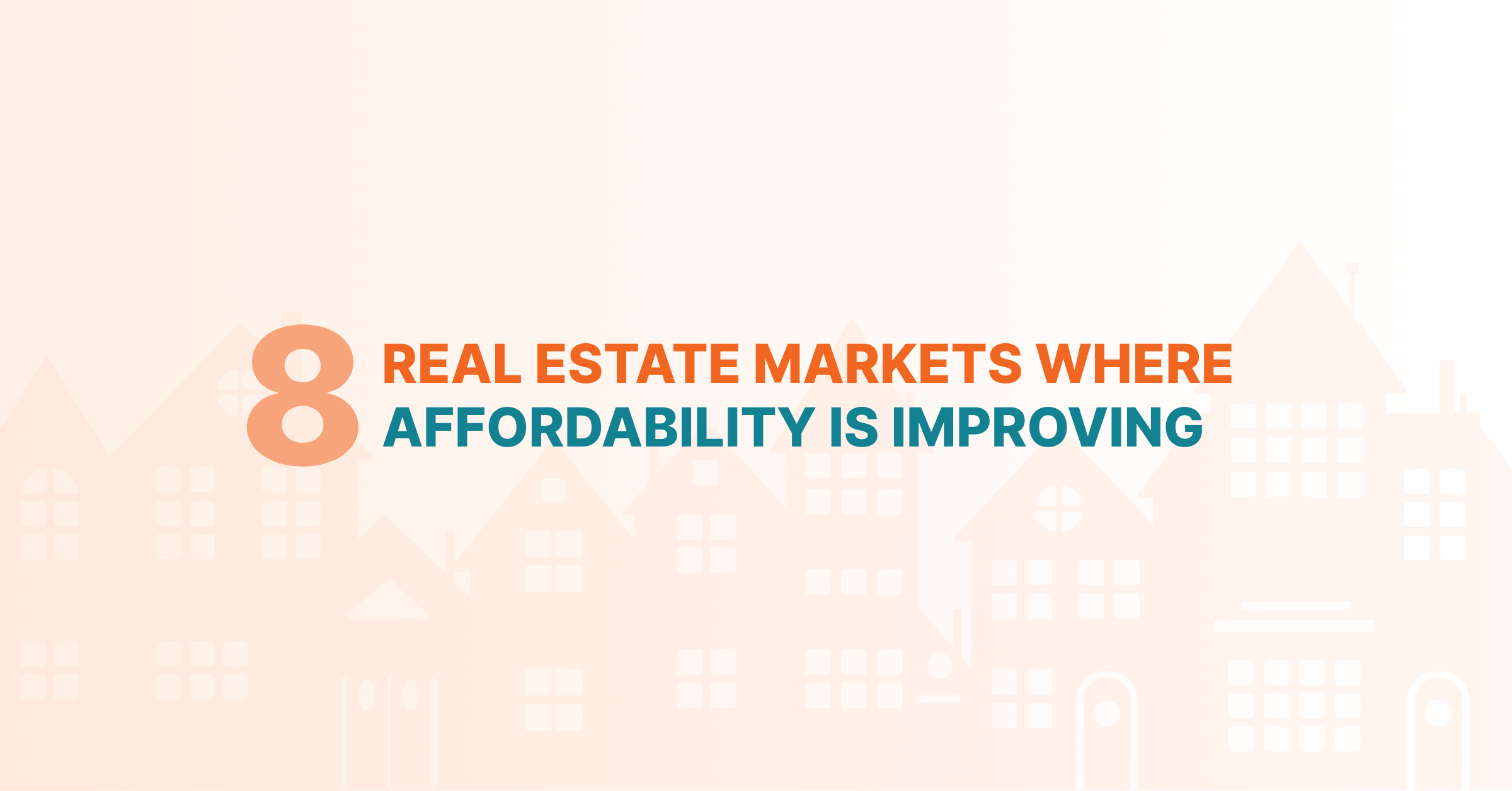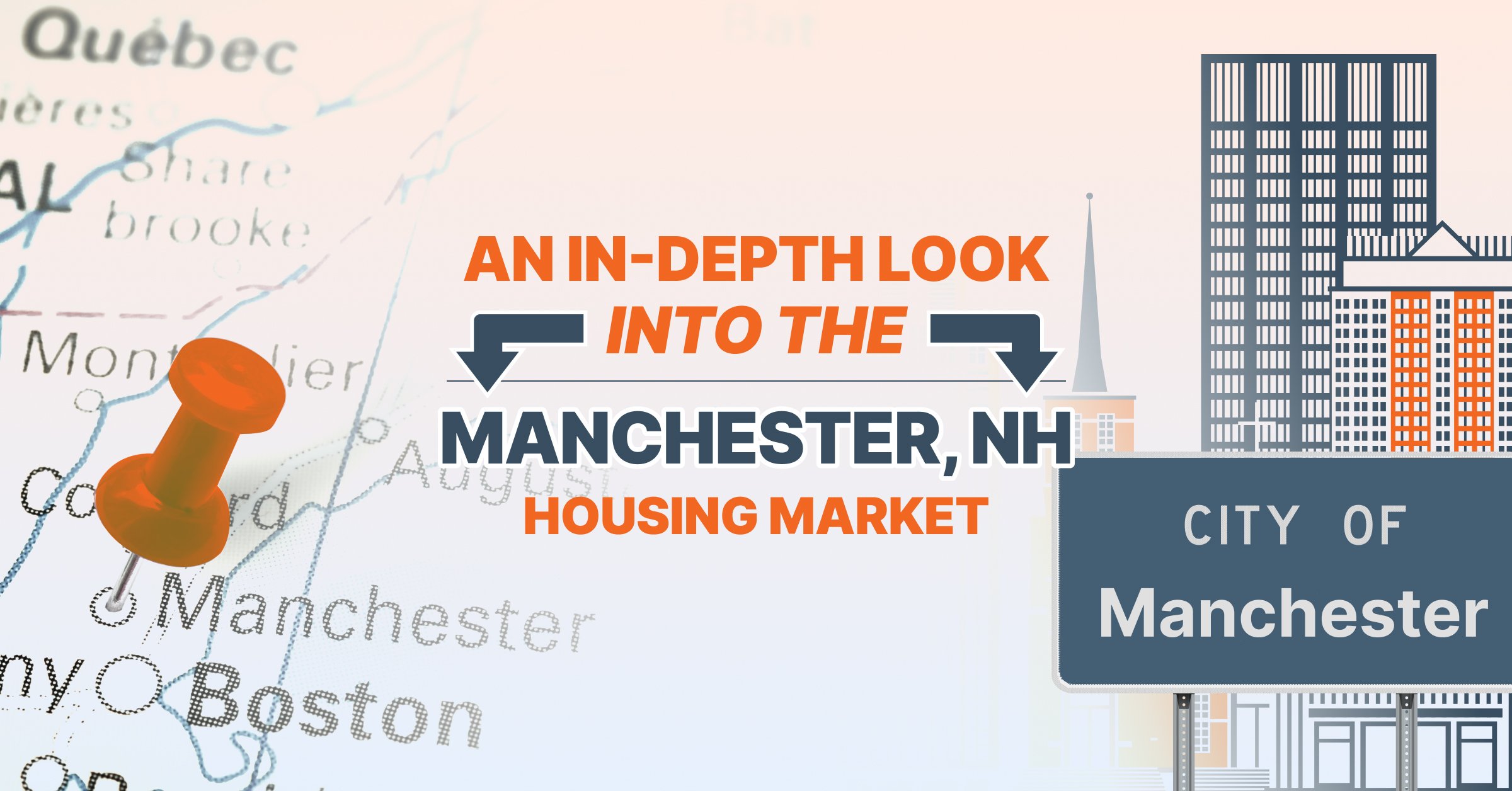Disclaimer: PropStream does not offer investing advice or make any profit promises or mortgage rate predictions. This article is for educational purposes only. We recommend doing your due diligence and/or consulting financial professionals before investing in real estate.
|
Key Takeaways:
|
Over the last few years, mortgage rates have been on a wild roller coaster ride. The average 30-year fixed rate went from below 3% in the fall of 2021 to nearly 8% two years later. Then in 2024, it largely hovered in the 6-7% range. Where will it go in 2025?
In this article, we explain what factors influence mortgage rates, expert rate forecasts for 2025, other housing market trends, and more.
Table of Contents |
What Drives Mortgage Rates?
To understand what drives mortgage rates, it helps to view them from the perspective of lenders. Lenders issue mortgages to make a return on their money.
For example, if a mortgage has a 7% annual percentage rate (APR), it means the lender will make a 7% annual return on the loan. But how does a lender set the interest rate at which they’re willing to lend?
Basically, a lender must find the optimal rate at which they can maximize their return while staying competitive. If they set the interest rate too low, the return may not be worth the risk. But if they set the rate too high, they may lose potential customers.
As competition drives interest rates lower, the real barometer of mortgage rates is what pushes them upward: the cost (including opportunity cost) of lending.
Federal Funds Rate
The federal funds rate is the interest rate at which banks can borrow from each other overnight to meet their reserve requirements. In other words, it reflects the cost of short-term interbank borrowing.
Over time, the federal funds rate impacts other interest rates as banks pass the cost of borrowing onto their customers, including mortgage holders.
Of course, this begs the question: Who sets the federal funds rate? The answer is the Federal Reserve, the U.S. central bank tasked with a “dual mandate” of maintaining maximum employment and stable prices.
As unemployment rises, the Fed tends to lower the federal funds rate to stimulate the economy and encourage hiring. Conversely, as inflation outpaces the Fed’s target rate of 2% per year, the Fed tends to raise its key interest rate (to decelerate economic growth and bring inflation under control).
This is what happened starting in March 2022: The Fed began a rapid series of rate hikes to dampen inflation (which at one point topped 9%), and mortgage rates followed.
That said, the federal funds rate doesn’t directly influence mortgage rates. It’s merely a benchmark that mortgage rates tend to follow over the long term.

Source: https://fred.stlouisfed.org/graph/?g=l64N
10-Year Treasury Bond Yield
A better predictor of mortgage rates is the 10-year Treasury bond yield. It represents the annual return investors get from holding a government bond with a maturity date of ten years, based on its current price and coupon payments.
Since Treasury bonds are backed by the government and, therefore, virtually risk-free, banks are unlikely to issue mortgages unless they return more than an equivalent Treasury bond. After all, why lend to a homebuyer who might default when you can earn the same return by lending to the government for virtually no risk?
And since most homeowners either pay off or refinance their mortgages after about ten years, the 10-year Treasury bond yield is most highly correlated with mortgage rates.
Furthermore, compared to the federal funds rate, the 10-year Treasury bond yield is driven by longer-term market forces, including investors’ expectations about future (not just current) inflation and economic growth.

Source: https://www.brookings.edu/articles/high-mortgage-rates-are-probably-here-for-a-while/
Expert Mortgage Rate Forecasts
Now that you better understand what drives mortgage rates—let’s explore where they might be headed in 2025.
According to a recent report, industry leaders forecast average 2025 mortgage rates reaching anywhere from 6% to 6.8%.

Given the current 30-year fixed-rate average of 6.85% (as of 26 December 2024), 2025 isn’t expected to bring much relief to borrowers. This may be especially disappointing to some since prior forecasts suggested mortgage rates might dip below 6% by the end of 2025. So why the change?
Upcoming Administration Changes
One explanation for the adjustment in sentiment around 2025 mortgage rates is the change in administration. The current focus that is being communicated is tax cuts and increasing tariffs on imports.
Tax cuts could stimulate the economy and thereby reheat inflation. On the other hand, heavy tariffs could increase the cost of imported goods. From a historical textbook approach, both effects could pressure the Fed to raise interest rates, which can explain why industry players are leaning toward higher interest rate predictions.
Federal Reserve Outlook
Another reason to expect little mortgage rate relief in the new year is the Federal Reserve’s official outlook. At their last Federal Open Market Committee (FOMC) meeting in December, Fed officials scaled back their projections for 2025 rate reductions to two quarter-percentage cuts.
This is partly due to the Fed’s uncertainty about a change in the administration—an uncertainty that is “just a function of the fact that we expect significant policy changes,” Fed Chair Jerome Powell said at a recent press conference. “We need to see what they are and see what effects they will have.”
Ultimately, however, it’s important to remember that anything could happen.
What Needs to Happen For Mortgage Rates to Drop in 2025?
As the market stands now, mortgage rates are likely to remain elevated, but here are some possible scenarios that could lead to a significant drop:
Easing inflation. If annual inflation falls below 2%, the Fed may cut its key interest rate, allowing lenders to offer mortgages at reduced rates.
Rise in unemployment. If unemployment increases (e.g., due to a recession), the Fed may cut rates to stimulate the economy and encourage hiring.
Stabilizing policy outlook. As lenders grow more confident about government policy, they may reduce the risk premium they charge borrowers by lowering mortgage rates.
Increased demand for Treasury bonds. Recessions and geopolitical tensions can raise demand for U.S. Treasury bonds as a safe-haven asset, lowering bond yields (and mortgage rates indirectly by extension).
Reduced housing demand. If housing demand drops due to demographic shifts, policy changes, or economic uncertainty, mortgage lenders might lower rates to attract buyers.
Other Housing Market Trends to Follow
On top of monitoring mortgage rates, real estate professionals should pay attention to the following housing trends:
Home shortage. According to a recent study, the U.S. is short 4.5 million homes, up from 4.3 million the year before. This is partly the result of lagging construction and a “lock-in effect” caused by homeowners who don’t want to give up their record-low pandemic mortgage rates, thereby constraining the supply of existing inventory.
Rising home values. Despite high mortgage rates dampening homebuyer demand, home values are still relatively high. In Q3 2024, the median home sales price was $420,400, up from $327,900 four years ago. Moving forward, Goldman Sachs expects home values to rise by 4.4% in 2025.
Take Advantage of Mortgage Rate Trends With PropStream
No matter what mortgage rates are in 2025, savvy real estate professionals can learn how to adapt and continue to find opportunities by using data to find leads.
For example, PropStream Intelligence now lets you filter properties nationwide by whether their owners are upside down on their mortgages (aka negative equity). This is a great way to find off-market properties and motivated sellers who may need your help to get out from under the property and, in turn, sell at a discount.
Try PropStream for 7 Days FREE!
Sign up today for a free 7-day trial and get 50 leads on us!
Frequently-Asked Questions (FAQs)
Will mortgage rates drop in 2025?
While some experts forecast slight decreases, most predict mortgage rates will remain between 6% and 6.8%, barring significant economic or political changes.
How does the Federal Reserve affect mortgage rates?
The Federal Reserve indirectly influences mortgage rates by setting the federal funds rate, which impacts borrowing costs throughout the economy.
What is the 10-year Treasury bond yield, and why does it matter?
The 10-year Treasury bond yield represents the return on government bonds with a maturity date of ten years and is a key benchmark for gauging mortgage rates.
Subscribe to PropStream's Newsletter



